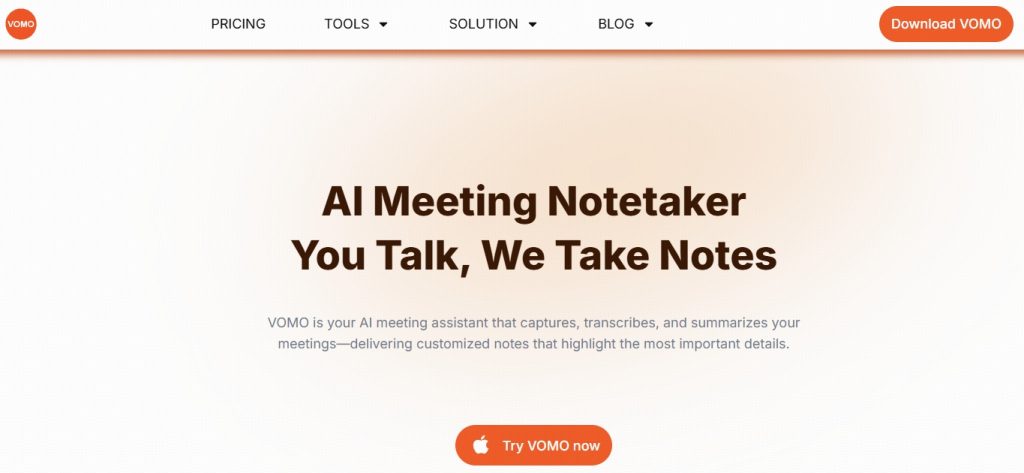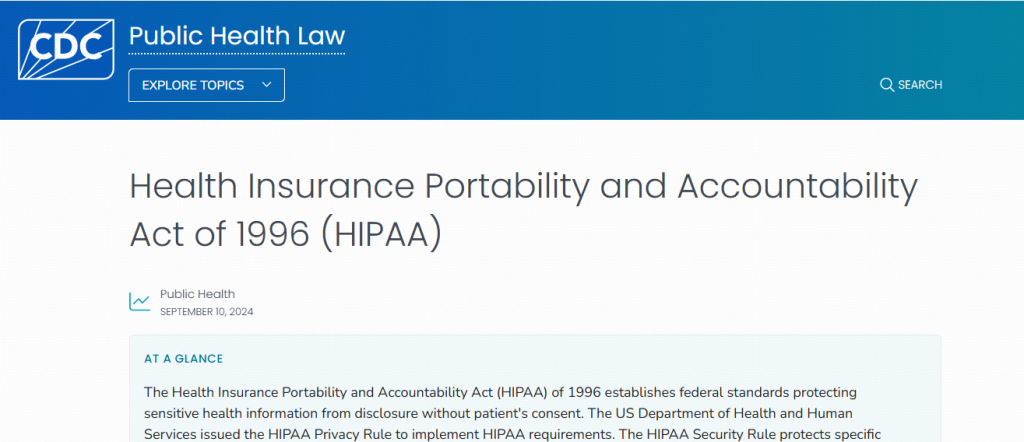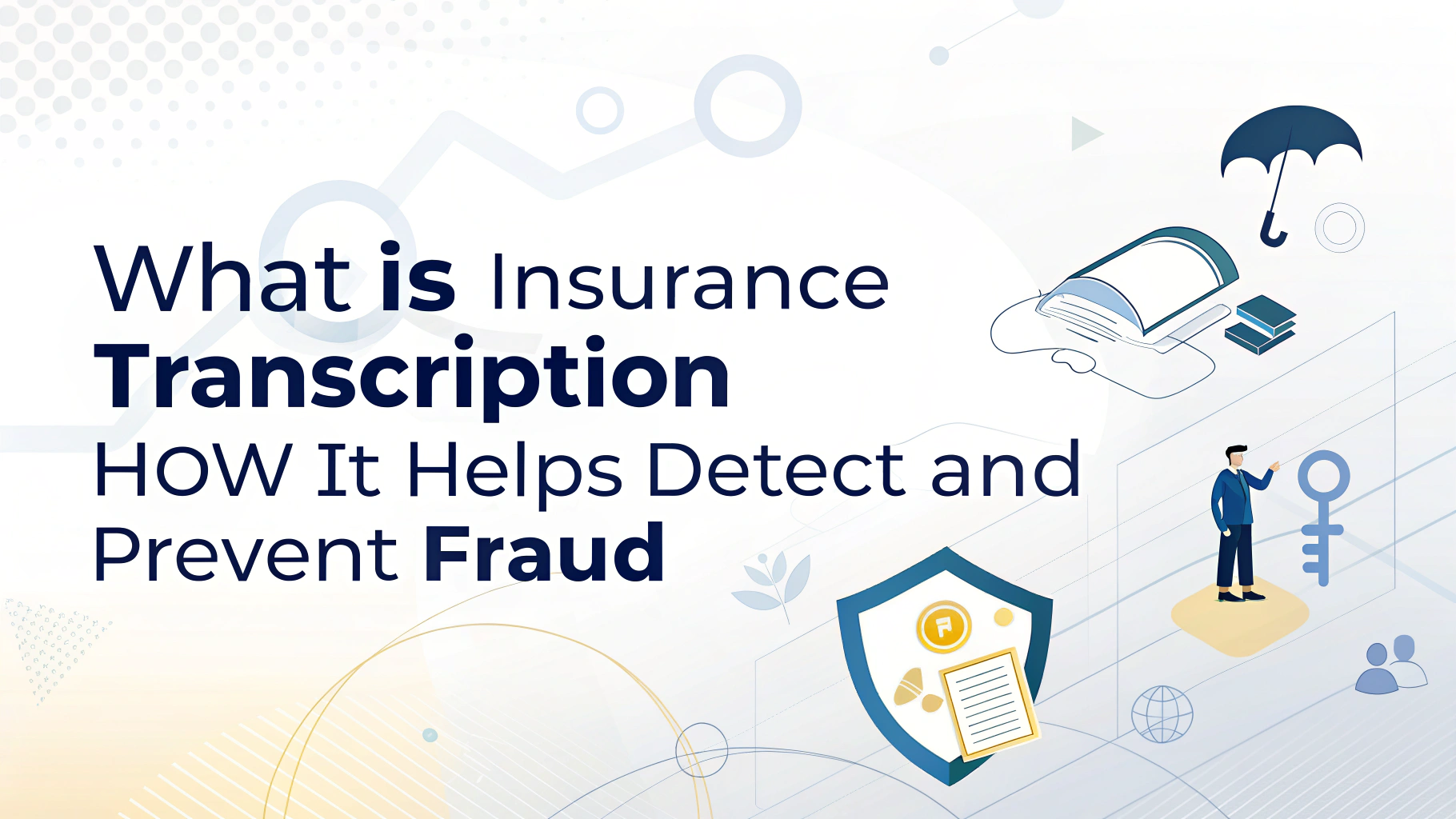Insurance transcription is the process of converting recorded insurance-related audio conversations—such as interviews, claims, statements, and meetings—into accurate written text.
Insurance fraud is estimated to cost the U.S. at least $80 billion annually—a long-standing figure cited by industry groups—though recent studies suggest the true cost may exceed $300 billion, making fraud detection a critical priority for insurers.
Insurance transcription services help combat this issue by delivering accurate, detailed records of interviews, statements, and claims processes.
These transcriptions enable adjusters to quickly spot inconsistencies and potential red flags, saving valuable time and resources.
More companies are now turning to professional audio to text services like VOMO to streamline investigations, reduce fraud, and lower operational costs.
VOMO stands out with its high transcription accuracy powered by advanced AI technology, along with intelligent AI note-taking features that automatically summarize key points, making it easier for insurance professionals to review and act on critical information quickly.

Why Insurance Companies Use Transcription Services
Insurance companies rely on transcription to maintain accurate documentation of every stage in the claims process. These transcriptions serve as official records for:
- Claim interviews and adjuster notes
- Medical and legal documentation
- Witness or claimant statements
- Fraud investigations
- Internal or external audit reviews
By turning audio to text, professionals can streamline workflows, reduce errors, and support clear communication across departments.
How Insurance Transcription Helps Detect and Prevent Fraud
Insurance transcription plays a critical role in identifying fraudulent claims by providing accurate, time-stamped records of interviews, statements, and investigations.
By converting audio to text, insurers can easily cross-reference details, spot inconsistencies, and flag suspicious behavior across multiple documents.
This clarity and accessibility improve internal auditing and support legal proceedings, ultimately helping insurance companies reduce losses due to fraud.
Key Benefits of Insurance Transcription
Accurate transcription offers a range of benefits in the insurance industry:
- Improved Claims Accuracy: Avoid discrepancies and data loss by referencing exact statements.
- Faster Processing: Reduce time spent listening to recordings or taking manual notes.
- Legal Protection: Maintain clear records for dispute resolution or court evidence.
- Data Accessibility: Easily search and retrieve specific information across large volumes of cases.
- Regulatory Compliance: Ensure documentation meets HIPAA and industry standards.
Common Types of Insurance Transcription
Insurance transcription covers various audio sources depending on the nature of the work:
- Claims Transcription: Recordings of policyholders describing incidents.
- Medical Insurance Transcription: Doctor’s notes or patient interviews related to a claim.
- Investigation Transcription: Surveillance interviews or examiner conversations.
- Call Center Recordings: Customer service or claims hotline conversations.
- Deposition and Legal Transcription: Transcripts used for insurance litigation or arbitration.
Who Performs Insurance Transcription?
There are two common ways transcription is handled in the insurance industry:
- Human Transcriptionists: Often certified professionals with experience in legal or medical terminology.
- AI-Powered Transcription Tools: Automated solutions that use speech recognition to deliver faster results. Hybrid options also exist, offering machine-generated drafts reviewed by human editors.
Is Insurance Transcription HIPAA-Compliant?
Yes—when handled properly. Insurance transcription that involves personal health information (PHI) must comply with HIPAA (Health Insurance Portability and Accountability Act) regulations. That means:
- Secure data storage and transmission
- Confidential handling of sensitive files
- Use of authorized and trained personnel
- Encryption protocols for audio and transcripts
Always confirm your transcription provider meets compliance standards if you work with medical or health insurance claims.

How to Choose an Insurance Transcription Service
When selecting a transcription provider, look for:
- Industry Experience: Providers familiar with insurance jargon and procedures
- Accuracy Guarantees: At least 98% accuracy for human transcription
- Turnaround Time: Fast delivery options for urgent claims
- Security Measures: End-to-end encryption, secure logins, and NDA agreements
- File Compatibility: Support for various audio file formats and integration with internal systems
Final Thoughts
Insurance transcription plays a vital role in the smooth operation of insurance workflows. From processing claims to supporting legal defense, turning audio into accurate text ensures clarity, compliance, and efficiency. Whether you’re managing thousands of claims or a single complex investigation, investing in reliable transcription services can elevate your insurance operations.


